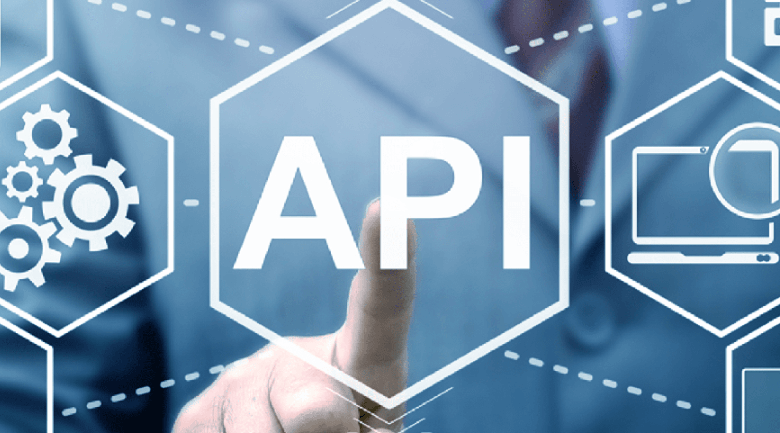What Is Effective API Governance and How Is It Achieved?

Application Programming Interfaces (APIs) play a pivotal role in software development, enabling seamless communication between diverse applications. Effective API governance is the keystone to maintaining order and maximizing the potential of these digital bridges. Here’s what to know about API governance, its significance, and the key strategies to achieve efficiency in this critical domain.
Understanding API Governance
API governance involves establishing policies and practices to manage APIs throughout their lifecycle. This begins with a comprehensive understanding of organizational goals, compliance requirements, and the unique characteristics of the APIs in use. A clear governance framework ensures consistency, security, and reliability in API operations.
By defining guidelines for API design, versioning, and deprecation, organizations can foster a standardized approach that streamlines development and enhances interoperability. Moreover, embracing an API-first mindset, where API design precedes application development, can lead to more cohesive and modular software architectures.
Read Also How to Have IT Compliance in the Industry?
Establishing Clear Policies
Creating well-defined policies is the cornerstone of effective API governance. Policies should encompass aspects like authentication, authorization, data formats, and error handling. Striking the right balance between flexibility and control is crucial, allowing developers the freedom to innovate while upholding the organization’s standards.
An iterative approach to policy refinement, informed by feedback from developers and evolving business requirements, ensures that governance remains adaptive and responsive. Regular audits and reviews of policy adherence contribute to a culture of continuous improvement, where lessons learned from past implementations guide the refinement of future policies.
Leveraging API Management Platforms
API management platforms streamline the governance process by offering centralized control and monitoring capabilities. These platforms provide a unified interface for API creation, deployment, and monitoring, simplifying the management of diverse APIs. An effective API manager ensures scalability, security, and performance, making it an invaluable asset in the governance toolkit.
Beyond operational benefits, these platforms often include features like developer portals and API marketplaces, fostering collaboration and innovation within the developer community. Integration with existing CI/CD pipelines ensures a seamless development process, enabling organizations to consistently deliver high-quality APIs.
Documentation and Communication
Transparent documentation is a linchpin for successful API governance. Providing detailed and accessible documentation empowers developers to understand API functionalities, reducing errors and enhancing collaboration.
Additionally, fostering open communication channels ensures that developers can seek clarification and share insights, fostering a collaborative and informed development environment. Regular updates to documentation, coupled with proactive communication about changes, contribute to a culture of transparency and knowledge sharing. An effective communication strategy includes not only documentation but also engaging training sessions and forums where developers can exchange best practices and troubleshoot challenges.
Continuous Monitoring and Analytics
API governance extends beyond initial implementation; it requires ongoing monitoring and analysis. Implementing robust monitoring tools helps to identify performance bottlenecks, security vulnerabilities, and usage patterns. Analytics-driven insights enable organizations to make data-driven decisions, ensuring that APIs align with evolving business needs. Real-time monitoring allows for proactive issue resolution, optimizing API performance and minimizing disruptions in service.
By leveraging historical data, organizations can also forecast trends and plan for future scalability. Implementing automated alerting systems further enhances the ability to address issues promptly, contributing to a resilient and reliable API ecosystem.




